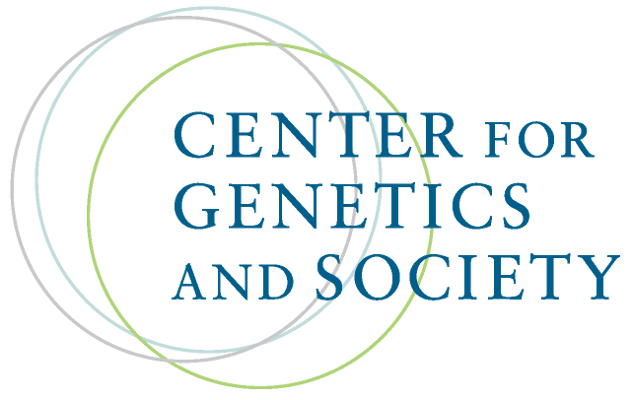Aggregated News
MENLO PARK, CALIF. — Ann Lam delicately places a laboratory slide holding a slice of brain from a living human onto a small platform in a room the size of a walk-in refrigerator. She closes a heavy door and turns to a row of computers to monitor her experiments.
She is using one of the world’s most sophisticated and powerful microscopes, the Stanford Synchrotron Radiation Lightsource, to learn about the distribution of metals in the brains of epilepsy patients. But she has another reason for being here as well.
Traditional techniques for staining brain tissue produce byproducts and waste that are hazardous to the environment. And often, this sort of research is performed on animals, something Dr. Lam insists on avoiding.
The radiation that illuminates the Stanford microscope was once a waste product produced by the particle accelerators. Now that it has been harnessed — recycled, in a sense — she is able to use it to examine tissue removed from living human patients, not animals.
For Dr. Lam, those are important considerations. Indeed, scientists like her worry...



